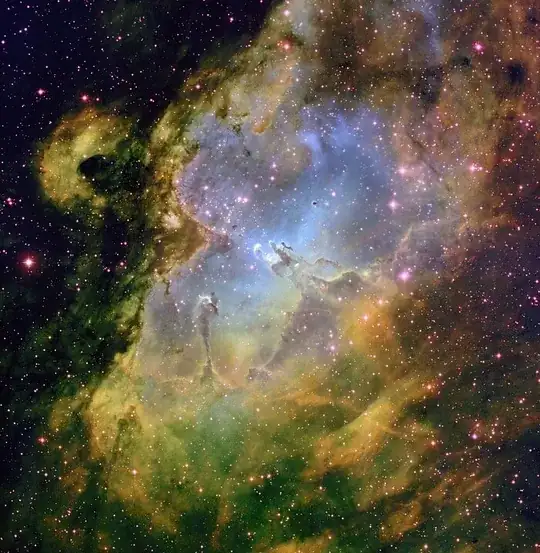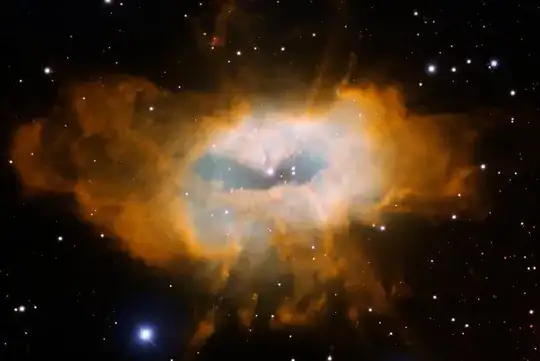Nebula is a comprehensive term in astronomy used for any gas and dust object, lit up or seen in silhouette at any wavelength. It covers a wide range of densities, masses, sizes, and ongoing physical forces. A dense cloud, like a globule or a molecular cloud, will be in quasi-equilibrium between gravitational collapse, thermal pressure gradients, turbulent motion, and magnetic fields. The external pressure of the material surrounding the nebula is also important. It will have dense substructures, often unobserved, that may or may not have ongoing star formation. If stars are present, their luminous energy and ionizing effects need accounting. The photon field needs to be followed with ray tracing through all substructures. If heating is sufficient, perhaps by supernovae, the cloud will expand and run into pre-existing structures, one cause of strong asymmetries.
Doing this in detail is often difficult because stars can be obscured by so much dust that they are not visible and the density distributions and magnetic fields in 3D are unknown. The Eagle Nebula has all these problems and more. In general, except for simple symmetric nebulae like some planetary nebulae or supernovae, models are schematic and are updated as new information comes in.

